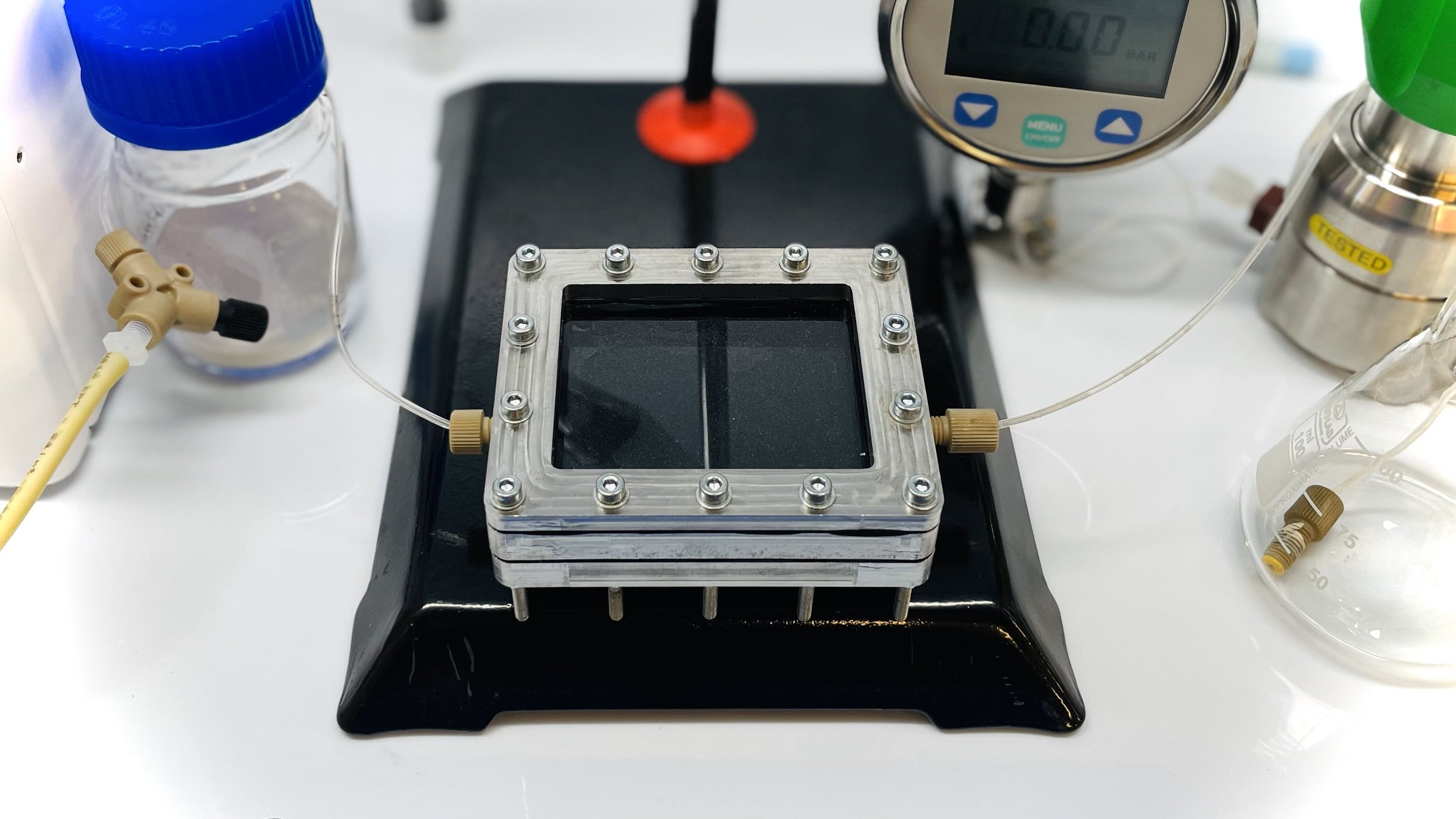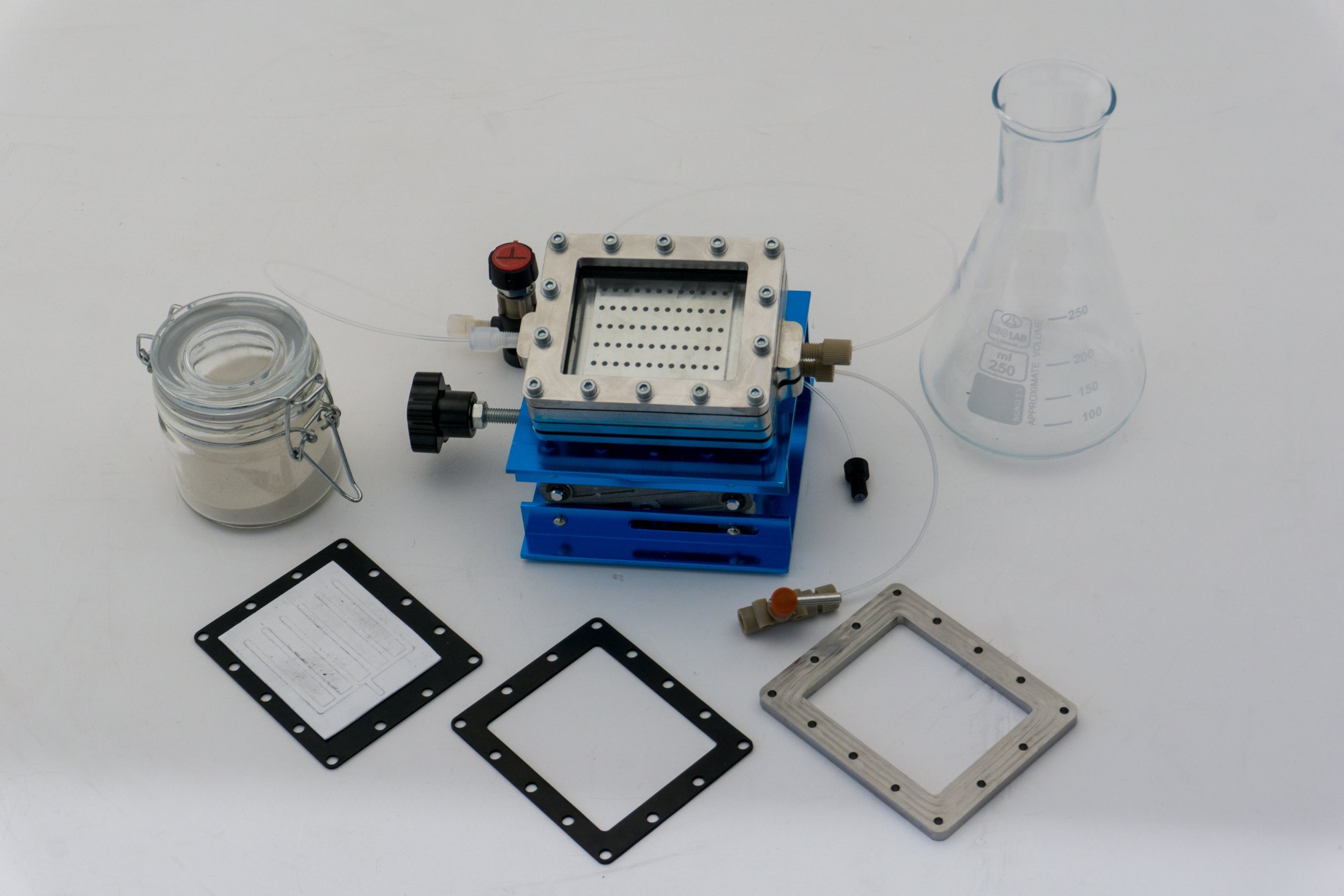
Unleash the Power of Photo-Chemistry
with Redeem’s Continuous-Flow Photo-Reactor
Already discovering new chemistry at:
Features
The Redeem Photo-Flow reactor combines the benefits of photochemistry and continuous-flow processes for the highest possible versatility at a competitive price. We guarantee a perfect fit by the maximization of catalyst activity and light utilization by customizing the channel depth and the optional integrated membrane. The option to trap a solid catalyst inside avoids tedious catalyst separation and together with the easy cleaning and maintenance this reduces workload and cost to a minimum. No other photo-flow reactor on the market offers such a wide range of applications and makes transitioning from batch to flow easier.
Flow Photo-Reactor
-
Combines the benefits of flow chemistry (Easy quality control, high reproducibility, intensified process and safe operation) and photo-catalysis (Atom efficiency, low temperature, renewable energy and high selectivity) to maximize your efficiency.
-
Choose the ideal channel depth and materials tailored to your specific chemical requirements. An integrated membrane or individual mixing patterns can be added if needed.
-
Scalabale photochemistry made easy with different reactor sizes for mg/h to t/y production.
-
Highly pure product as no catalyst removal step is needed. Ensures more than 8 times longer catalyst lifetime.
Technical Specifications (Mini-Redeem basic model)
A Wide Range of Applications
From laboratory R&D and process development to pilot plant design and large-scale industrial production, our continuous-flow reactor is designed for seamless integration. Prioritizing user experience, safety, sustainability and optimal process control, our system ensures easy handling and maintenance. Effortlessly transition from batch to continuous-flow with our user-friendly design.
Reductive Decarboxylation
α-Amino Oxidation
Dehydrogenation
C-H Trifluoromethylation
C-C Cross Coupling
Ammonia Synthesis
CO2 Reduction
Pollutant Degradation
and many more…





